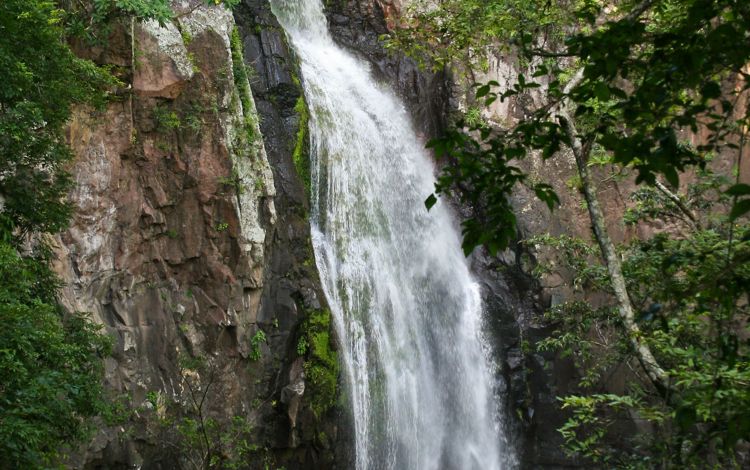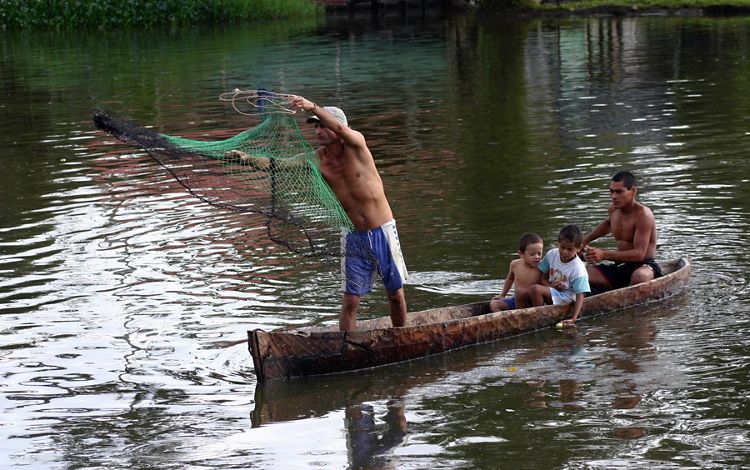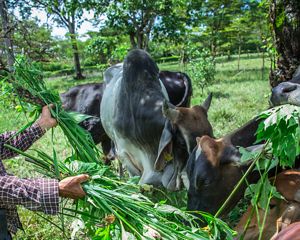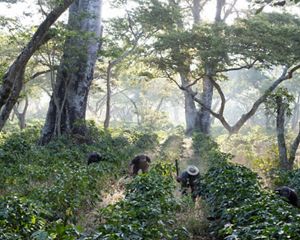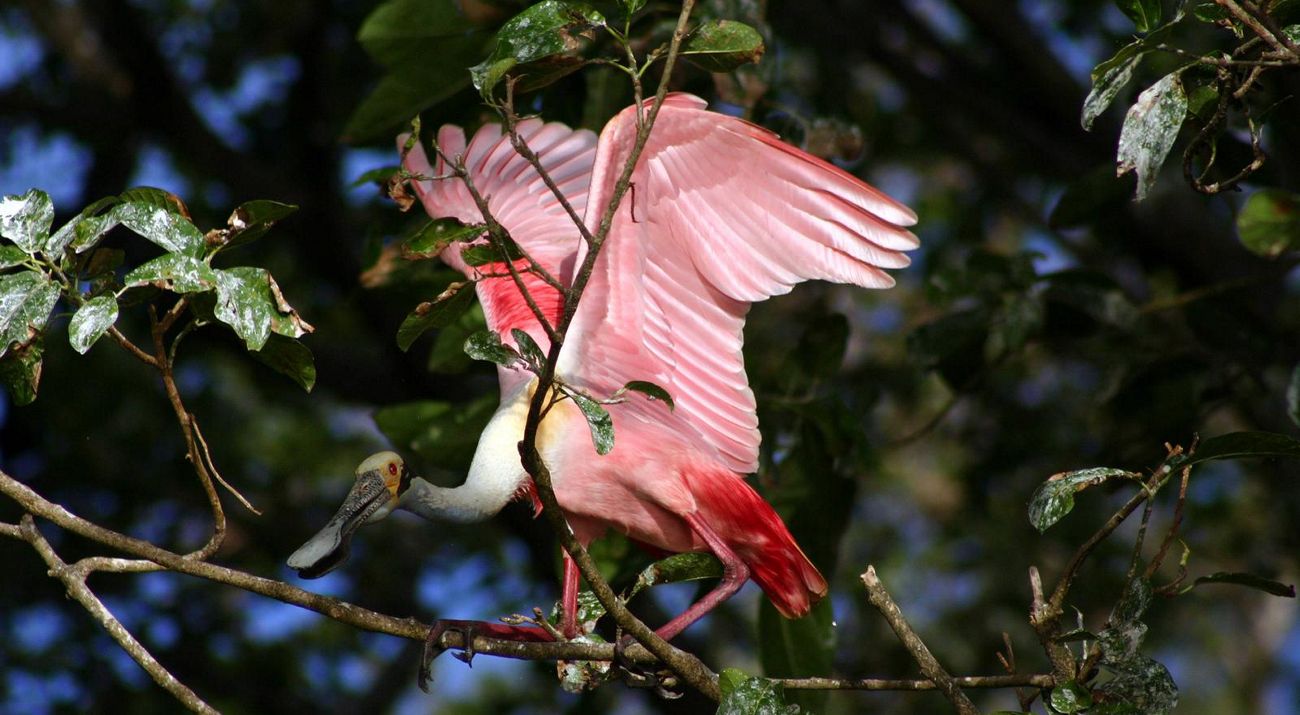
- The Conservancy began working in Nicaragua in 1993. Under the Parks in Peril Program, with the St. Louis Zoo, Ministerio del Ambiente y los Recursos Naturales (MARENA) and Secretaría Técnica de Bosawas (SETAB), we worked to improve the management of the Bosawas Biosphere Reserve – the most extensive tropical moist forest north of the Amazon.
- Around 21,000 indigenous Mayangna and Miskito people, threatened jaguars, pumas and tapirs, as well as 215 known bird species live in the Bosawas area, which is also home to commercially valuable Spanish cedar and mahogany.
- TNC helped develop a model for state and community co-management of the Reserve’s 1.8-million-acre core and, along with The Mesoamerican Biological Corridor Project and KFW (German Cooperation), helped support the passage of the Nicaraguan indigenous territories titling law in 2003, the first of its kind in Central America.
- Since 2006, SETAB-MARENA have been committed to carrying out the Conservation Area Plan (CAP) for Bosawas, and the World Bank-sponsored Corazon Transboundary Biosphere Reserve Project has supported national and binational management of the area, respecting the rights of traditional populations.
- Meanwhile, TNC has worked government agencies and local organizations of both countries (such as Pueblo Indígena Mozonte and Fundación EDUCA) to implement a bi-national strategy in Honduras and Nicaragua to halt destruction of pine-oak and dry forests. So far, protection has improved on 728,837 acres of dry forests in Nicaragua.
Conservation and Compromise
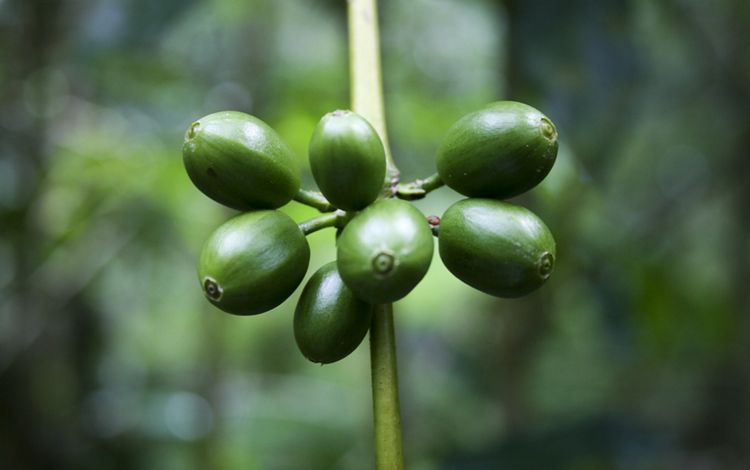
.jpg?crop=0%2C0%2C2400%2C1504&wid=750&hei=470&scl=3.2)
